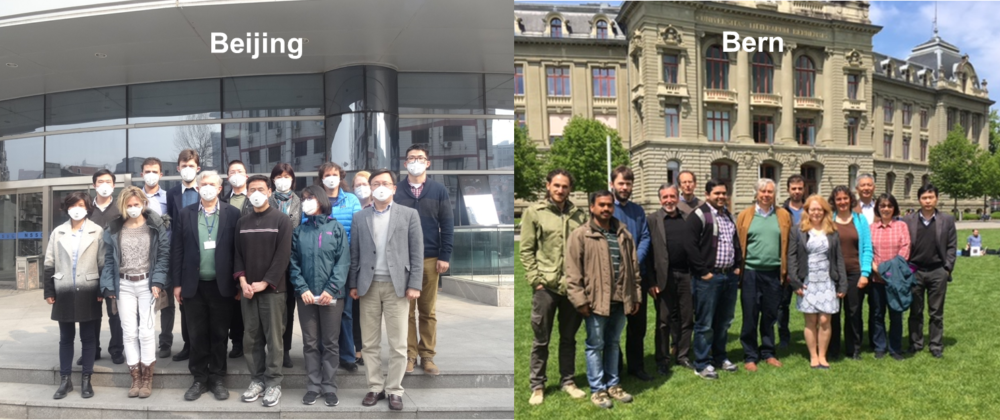In this project we assemble an international and interdisciplinary team of air pollution specialists to address the unresolved problem of the formation of persistent and health-threatening aerosol layers during wintertime in large areas of Asia. Such pollution events, which become increasingly frequent as a result of growing anthropogenic emissions (traffic, industry, agriculture, domestic activities), have major consequences for human health and agricultural productivity, and ultimately adverse effect on society in many aspects. The detailed microphysical and chemical mechanisms responsible for the formation of these sustained heavy pollution episodes remain to be elucidated and mitigation measures to avoid their occurrence need to be established. Space observations of the chemical composition of the atmosphere are a primary source of information on the formation and fate of large-scale air pollution. Combined with in situ observations including vertical profiles, they provide a detailed picture of the atmospheric distribution of aerosol and gas phase particles. Specific measurements of the chemical composition by advanced analytical methods and laboratory investigations of microphysical mechanisms are additional approaches that are essential to address the problem. Finally, data analyses and modeling activities complement the other approaches.
Our objective is to bring together a group of experts representing these different disciplines to address the problem of the formation of large haze episodes in Asia from different perspectives: space observations, surface monitoring, profiling, laboratory approaches, data analysis, modeling and impacts. The two projected meetings, one in Bern and one in Beijing provide the opportunity to discuss in detail the different issues related to haze formation and to develop a synthesis that should lead to the production of a proceedings book and to seminal papers that present the state-of-the-art on this issue.
